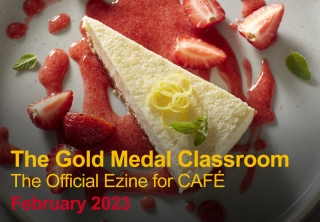
2023 Gold Medal Classroom Article Index
05 December 2023Take the pop quiz and see if you should brush up on any of the more than 90 stories published in 2023’s Gold Medal Classroom.
By Lisa Parrish, GMC Editor
Feedback & comments: This email address is being protected from spambots. You need JavaScript enabled to view it.
And that’s a wrap! Eleven issues of the Gold Medal Classroom delivered more than 90 educational articles to culinary instructors across the country.
Are you a GMC super reader? Take this pop true or false quiz and see if you missed any teachable topics and reliable culinary education information during 2023.
- The story, “The intersection of cartography and cooking” is about maps. Answer: false. However, knowledge of the globe is helpful when teaching world cuisines, especially those of Southeast Asia.
- Teaching the concepts of heat and hot is easy. Answer: false. Read “Heat and hot are not synonymous” and discover from the body’s perspective, that the heat felt from a ghost pepper and that of a dish straight from the oven are the same “hot.” Also, learn that spices are not necessarily spicy, although spicy can be achieved with spice.
- The story, “Teaching a ‘Reel’ generation” is about fishing. Answer: false. Teachers familiar with Instagram and TikTok know all too well that today’s students depend on social media videos for information. Here is how to utilize that information to your advantage in the classroom.
- Chef Adam Weiner hung up his apron in September with a final 150-article index from his 15 years writing the 50 Minute Classroom column. Answer: true. Each article’s topic is something that can be utilized in the culinary classroom immediately or serve as a reference for sparking ideas on different ways to cover education topics.
So, how did you score? The quiz is a small sample of the topics and news brought to you each month. From building a culinary program’s hospitality culture to using brownies to teach culinary students how to overcome preconceived notions about healthy eating, GMC serves to deliver regular and reliable teaching resources.
Miss an edition and you may have bypassed valuable, useable information. Many articles contain links to additional resources such as websites and videos that may be helpful in classroom instruction.
Peruse the list of 2023 GMC articles. Read stories you may have missed or refresh yourself on columns you found interesting. Look for features that focus on the movers and shakers in the culinary industry, tips and ideas for classroom instruction, and instructional resources from the foodservice industry.
Each month CAFÉ sends an edition announcement informing you there are new stories on the website https://cafemeetingplace.com. If you are not receiving these emails, please click here to register for the notice. You won’t miss another GMC story in 2024!
FEATURES
Ingredients
- Building the “why” behind global cuisine flavor harmony: Chart-topping pairings illustrate how ingredients sing together in perfect harmony across the globe.
- Globally inspired lamb dishes: Traditional flavors from mint to rosemary and untraditional tastes like harissa and sumac help lamb dishes
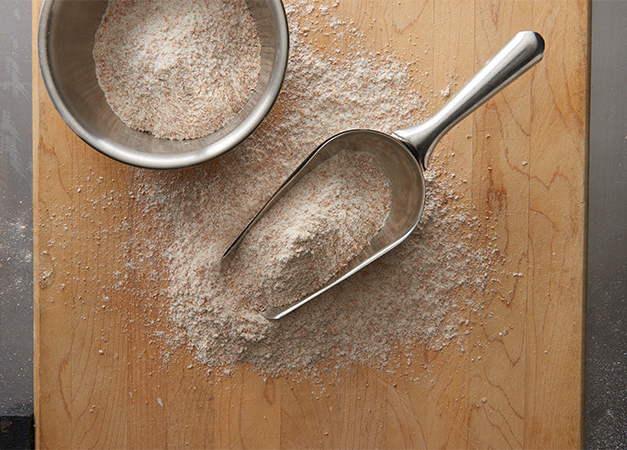 shine in ethnic cuisines.
shine in ethnic cuisines. - The Intersection of Cartography and Cooking: Identifying world flavors by understanding ingredients and regions.
- Positive properties of high oleic soybean oil: A ubiquitous oil finds its way into applications from snack foods to desserts.
- Knowing flour’s baking job: Understanding the functionality of flour opens so many baking doors – there won’t be anything a baker cannot make.
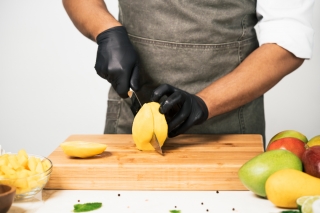
- A culinary deep dive into the king of fruits: Spark creativity with fresh mangos by linking education with trend and recipe innovation.
- Strudel history swirls like an eddy: The pastry layered in thin dough, stuffed with sweet and savory fillings has been baked for more than 600 years.
Trends
- McCormick For Chefs® releases Flavor Forecast® 23rd edition

- Dessert bar customizations: Small portions of beautifully decorated custom desserts are changing the end-of-the-meal options in high-volume catered events.
- CAFÉ’s summer conferences focus on innovation and culinary student success: 17th Annual CAFÉ Leadership Conference and Deans and Directors Retreat will be held this June in Charleston, S.C.

- A tutorial on all things pizza: Beyond pizza basics with award-winning California pizza chef Leah Scurto.
- Heat and hot are not synonymous: Playing with spices and capsaicin to achieve hot flavor beyond oven temperature.
- Upcycling food waste by creating coproducts: Reimagining the end of the food cycle as the beginning.
- CAFÉ names 2023 culinary education award recipients: Eight culinary education leaders, one college student, and one foodservice business recognized for innovative approaches and positive impacts on culinary education.
- Perseverance was on the menu as Connecticut and Michigan teams captured National Culinary and Restaurant Management Titles: High school students beat out 90 teams to take home top titles at the 2023 National ProStart Invitational held in Washington, D.C.
- Is a kinder, gentler hospitality industry on the rise? New research reveals growing emphasis on employee health and well-being.
- Creating a more accessible cooking and learning environment: Culinarians learn about stress and anxiety-reducing tactics to create a team that gets the job done.
Teaching and Student Stories
- Culinary Math Teaching Series: Foodservice reality often alters natural math rules.
- Culinary Math Teaching Seriess: The Bridge Method offers students structured support when converting ounces, cups, tablespoons and more.
- Culinary Math Teaching Series: Not all fluids measure eight ounces in one cup. Understanding a sense of weight and the difference between fluid ounces and ounces.
- Culinary Math Teaching Series: A descriptive visualization of weight and volume conversion helps math-stranded students understand complex problems.
- Culinary Math Teaching Series:: Joe Careless’s food cost form gives students practice determining and explaining incorrect answers to deepen their knowledge.
- Culinary Math Teaching Series: Steering students’ culinary math success with best practices teaching tips like showing work and using driving analogies.
- Culinary student earned inaugural award and complimentary IPC harvest farm tour invitation.
- Clark College’s community engagement activities: McClaskey Culinary Institute students support hospice families, celebrate Black History month and ready for Juneteenth celebrations.
- Washington Red Raspberry Commission launches new resources for culinary instructors: Online program offers culinary instructors free 7.25 CEH credits toward maintaining ACF certification.
- Diversity, Equity and Inclusion: Teaching practices from two culinary instructors’ perspectives. Inclusiveness across cultural, racial and socioeconomic levels leads to better student outcomes.
- Diversity, Equity and Inclusion: Dietary and religious ingredient restrictions. Classroom tactics create successful learning environments for students with restrictions based on physical, personal or religious beliefs.
- Exploring the art form: garde manger: Class-by-class breakdown of how to organize a cold food exploration class.

- Drexel University announces online food and innovation certificate program: Students will learn steps involved in creating new food products including crafting a business model and forming a product’s competitive advantages.
- Teaching a “reel” generation: Creating realistic expectations for students immersed in Instagram reels and TikTok. Instant gratification does not come in an instant.
- Understanding students’ needs when mental health enters the classroom: Help students suffering from excessive stress with anxiety-relieving strategies.
- Teacher’s study abroad program opens eyes and hearts: Zambian people teach lessons that translate into US culinary programs.
- Creating life skills by teaching self-sufficiency and instilling an entrepreneurial spirit: Entrepreneurial skills are more than opening a business: It's how to be a self-sufficient and successful adult.

- Creating successful partnerships and sponsorships: Instructor Mary Levinski offers tips and suggestions on creating and maintaining effective community partnerships.
- Nothing in life stays the same, so why should you? Adaptation: A call to instructors teaching today’s students.
- Expanding experiences of the IPC culinary Student of the Year: Baker College’s Mikal Jones learns about potatoes and gains inspiration for a future foodservice career.
Miscellaneous
- Scholarships totaling $7,000 available to culinary instructors.
- Chef Adam Weiner hangs up his 50 Minute Classroom apron: A heartfelt appreciation and thanks to Chef Adam for teaching both culinary and life lessons.
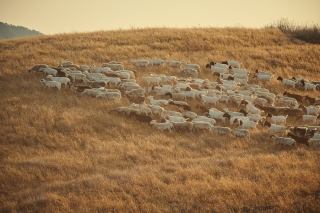
- Growing mangos in Puerto Rico. Chefs and a Puerto Rican mango farmer face similar challenges and opportunities while operating their businesses.
- Modern sheep herding: Rotating grazing sheep herds produces win-win benefits for the environment and animals.
COLUMNS
Think Tank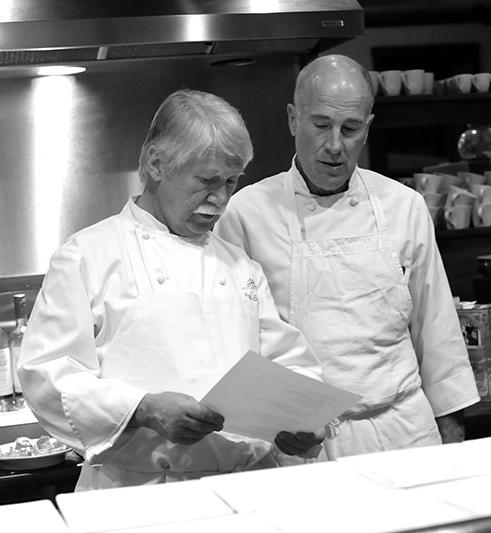
- January: Another year and more opportunities. Consider the experiences of the past 20-plus years as you plan for the year ahead.
- February: Building a hospitality culture helps culinary programs reach exceptional status. Synergies between a host and program director.
- March: Educators must ensure graduates own essential aptitudes and attributes before donning the cap and gown.
- April: Culinary Etiquette: Creating respect, grace and compassion benchmarks in classrooms and kitchens.
- May: Graduation is just the beginning. The future is waiting for instructors, graduates and family members and the time will come when they say, “Job well done.”
- June/July: Experiences are the best education. Bringing the curriculum to (real) life through storytelling, forced problem-solving, field trips and getting students inside foodservice operations.
- August: Anything worth doing is worth doing well. A mindset of extraordinary and excellence is not a destination, rather it’s a way of living - every day.
- September: Finding time within programs to build students into competent cooks first.
- October: Creating a setting that points toward a long, healthy, happy life. Culinary educators need to help students understand how to pass on this knowledge to the consumers they will serve.
- November: Set the stage for the love of learning. Help students develop a thirst for knowledge that goes beyond the culinary classroom door.
- December: Are you ready for the second half? Yes, it is a football analogy – it’s that time of year.
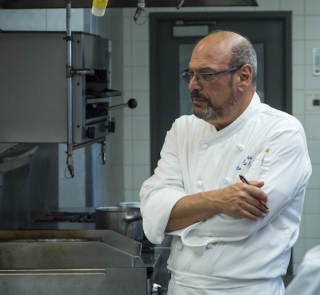 50 Minute Classroom
50 Minute Classroom
- January: There is no such thing as a free lunch: The opportunity cost of beef.
- February: Seafood sustainability Part One. It began with a tri-colored scorecard informing consumers of a seafood menu item’s abundance and harvesting methods - which really caught on.
- March: Seafood sustainability part two: Where do we go from here? Discussing the benefits and challenges of seafood sustainability with students.
- April: The power is yours. Practical tips on teaching and learning how to change the world through actions addressing climate change
- May: Graduation speech ideas for launching culinary students. Dr. Seuss’s children’s book helps students place themselves in the culinary world.
- June/July: Create success and adventure by running with opportunities. One chef’s example of how a failed legal career turned into a successful culinary career.
- August: Setting students up with what they need to succeed in life is far more valuable than any culinary technical skill you will teach them.
- September: Chef Adam Weiner writes his final article in the 50 Minute Classroom series. View the full 150-article index spanning nearly 15 years.
Guest Speaker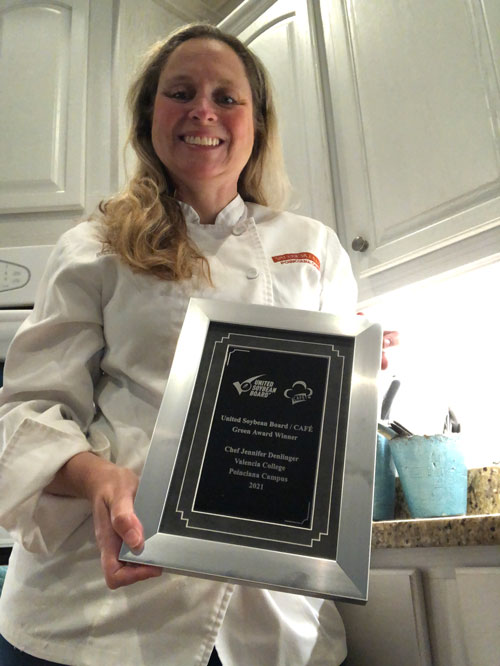
- January: Using brownies to help students overcome preconceived notions about healthy eating.
- February: A color guide helps remove subjective grading criteria.
- March: Teaching proteins from complete to alternative. Surprising students with a broad range of proteins and their nutritional importance.
- April: Variety through spice. Spice and herb identification and knowledge can open a new cook’s eyes to limitless culinary possibilities.
- May: Ranking fad diets based on nutrition. Students discover nutritional facts behind diets from cabbage soup to baby food.
- June/July: Active learning strategy helps cement fabrication lessons. Giving students an outline to record notes helps with processing, organizing and extending thinking on butchery topics.
- August: Mock interviews provide real experience. Being on both sides of the interview process helps students get a feel for the real world.
- September: Upcycling pineapples to create an over-the-top effervescent tepache.
- October: Learning the sweet sweetener lesson. Students begin understanding the relationship between sugars/sweeteners and nutrition by completing a thoroughly sweet tasting chart..
- November: Deciphering learning styles and unlocking education. Part One: VARK assessment translates students’ learning styles into beneficial modalities.
- December: Learning proper measuring techniques helps perfect baking formula accuracy and finesse with flour power.
Chef Profile: Career Path Insights 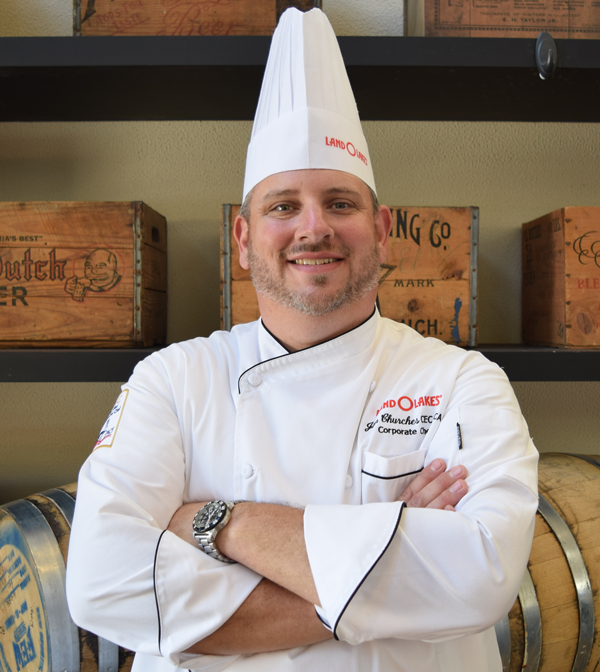
- Chef Mark DeNittis: Center of the Plate Protein Specialist, Performance Foodservice/Roma Foods
- Ann Martin Rolke: Strategic Marketing and Communications Specialist, Tasty Bits Consulting
- Jim Churches: Senior Executive Corporate Chef, Land O’Lakes
- Michael Buononato: Senior Vice President, Creative Food Solutions
- Christopher Tanner, CEC, WCMC, AAC,: Research Chef, Rubix Foods
BREAKING NEWS
- Goya Foods offers $20,000 in Culinary Arts and Food Science Scholarships to four students.
- Calling for creative and Innovative Idaho® potato recipes with winners featured in IPC’s upcoming national advertising campaign.
- 2023 James Beard Awards semifinalists announced.
- Culinary school instructors invited to enter American Lamb’s recipe contest to win travel and registration to CAFÉ’s Leadership Conference.
- $5,000 ProStart Grow Grants available to help high schools kick off and grow their culinary arts programs.
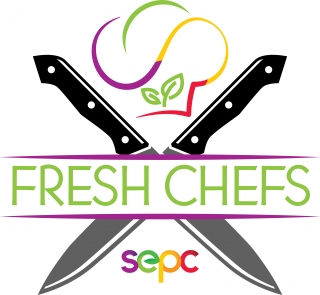
- SEPC’s second annual Fresh Chefs Scholarship now open for applications. Three culinary students will receive a $1,500 scholarship.
- Fifth annual Real California Pizza Contest kicks off with search for top chefs. Prizes total more than $30,000.
- Demonstrate what you “CAN DO” with US-grown canned pears in annual CAN DO Challenge. Three winners share in $3,000 of prize money.
- CEOWORLD magazine releases top 100 best hospitality and hotel management schools in the world for 2023.
- Idaho Potatoes are the first vegetables to participate in the American Diabetes Association’s Better Choices for Life Program.
- McCormick For Chefs® introduces two products for consumers with varying heat preferences.
- New study explores the appreciation of cuisine in a convenience-driven food culture.
- General Mills Foodservice launches video series featuring chefs tackling foodservice challenges with expert cooking tips.
- Earning and learning: Hamra Enterprises launches on-site homework program to all locations nationwide and adds cash bonuses for good grades.
- Plant Forward + Globally Inspired = Mushrooms: Mushroom Council and Culinary Institute of America launch “Mushrooms in the Plant-Forward Kitchen” video series.
- The Perfect Purée of Napa Valley introduces new Sweet Ginger.
Click here to read the 2022 Gold Medal Classroom article index.
